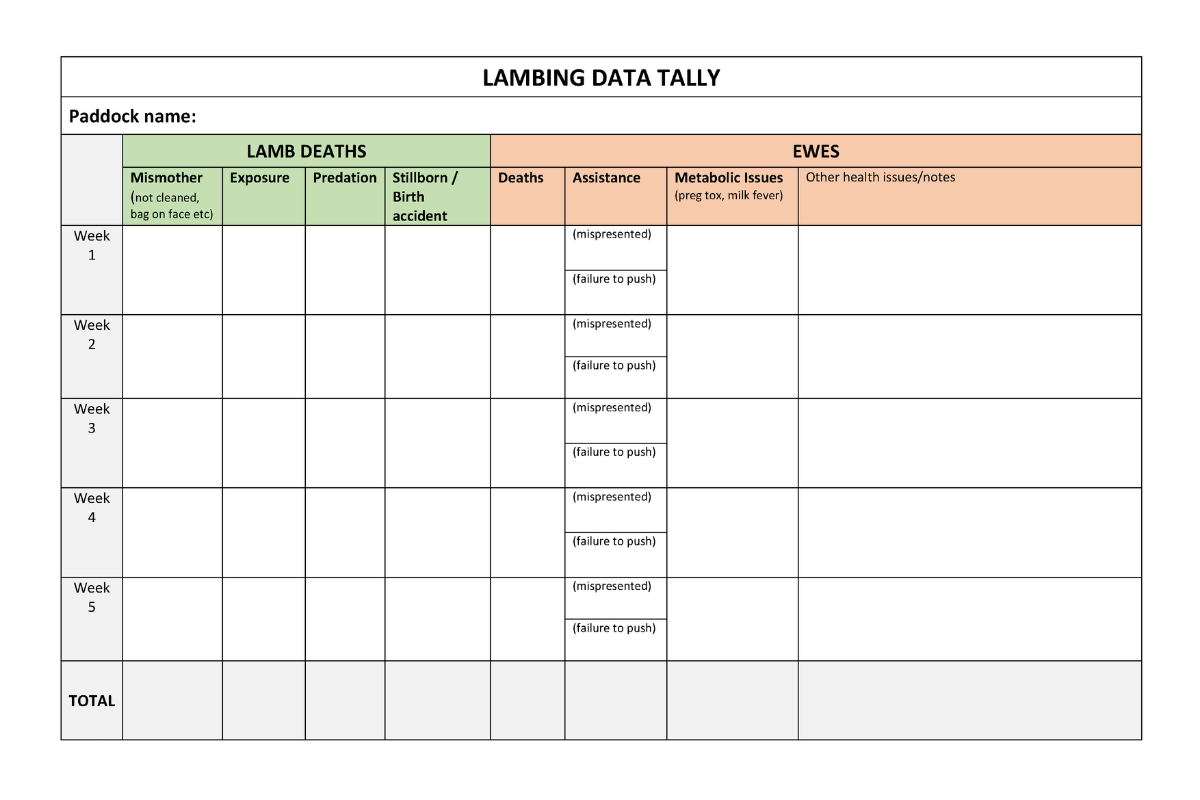Large Animal Newsletter Spring 2021
Pregnancy Testing
Pregnancy testing for our autumn calving herds is well and truly underway with both our manual palpators and scanning operators already busy. Many clients have come to use our transrectal ultrasound scanner option for their pregnancy testing, which can be used from 6 weeks gestation, but for most beef operations, is easiest to use 8-10 weeks after the bull has come out of the cows.
Always be sure you are getting the best service possible when selecting a pregnancy scanning operator. It is essential that a scanner operator can manually test (with their arm), as well as interpret the scanner screen. If they cannot, there is a very real chance that late pregnancies may be missed, or any pregnant uteruses that are in an awkward position may be falsely identified as being “empty”. All our scanner operators have the skills to, and always check any cows that do not have a definitive pregnancy on the scanner with a manual arm check, as part of our high quality of service.
Be sure to book early for any of our pregnancy testing services, and chat to your neighbours- we can reduce travel costs if we get a run of jobs out in one area, so see if you can work together.

Footrot programs
While the potential of having footrot on one’s property is daunting, we really encourage anyone with suspicions of footrot on their property to reach out for assistance as we come into spring. It is so important from a biosecurity standpoint, but also from an animal wellbeing and performance standpoint- footrot can be crippling, and can reduce productivity across all areas, including growth, wool cut and lactation capabilities.
We really do have so many strategies to help manage and eradicate footrot on properties, and work in a close team with our local footrot contractors and PIRSA to help formulate the best plan possible.
If you do have a lot of lame sheep, or are concerned about footrot on your property, please ensure you contact the clinic sooner rather than later. We need to see and examine affected sheep ourselves to fulfil prescription laws for antibiotics or vaccines that may need to be used in a management or eradication programme. We can organise a farm visit prior to contactors arriving, to ensure products that we need to supply are available and accessible in a timely manner when the contractors do arrive. Alternatively, if it is a lameness condition other than footrot, we can assist in making a management plan.
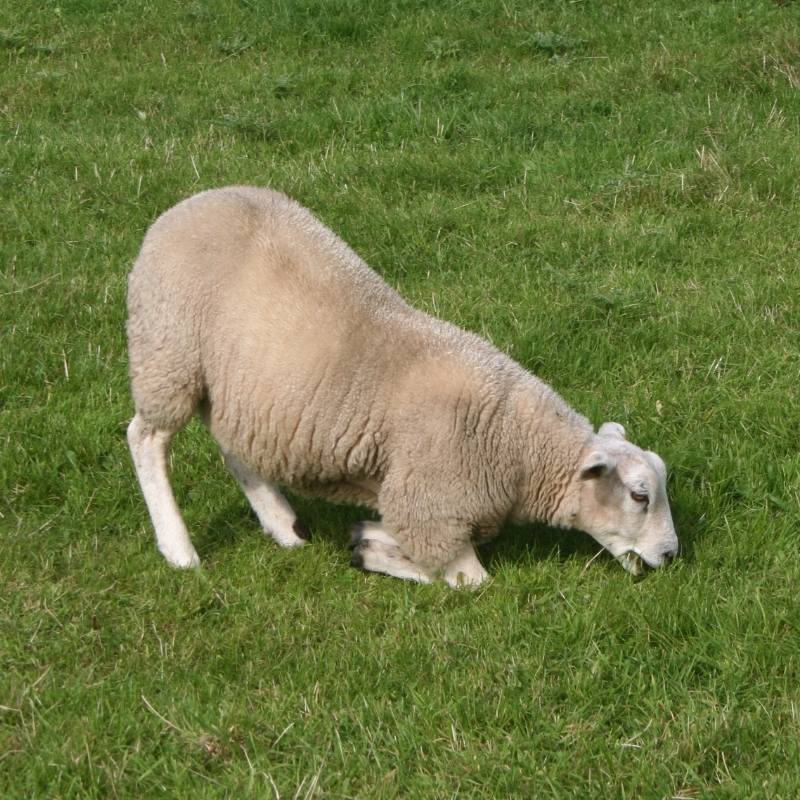
Brucellosis testing
As spring rolls around, so do many renewals for Ovine Brucellosis Free Accreditation for our stud operators. We are so lucky to have so many proactive clients who are already booking in their required blood testing nice and early so we can meet deadlines- if you’re involved, be sure to double check if your flock is due again!
Ovine Brucellosis is sexually transmitted, and has the potential to cause devastating effects including poor fertility and conception rates in affected flocks- so it’s important for our commercial clients to be considering too. Just one stray sheep has the potential of bringing it onto a property, so good biosecurity is critical.
Ensure when you are purchasing rams, you are buying from only Ovine Brucellosis Accredited Free flocks. We also encourage routine Brucellosis blood testing in commercial herds to ensure rams are in tip-top shape to perform as best as possible- and avoid a potential disaster of having no lambs born!
Need some help making a Brucellosis prevention plan for your farm? Just give one of our friendly livestock vets a call at the clinic.
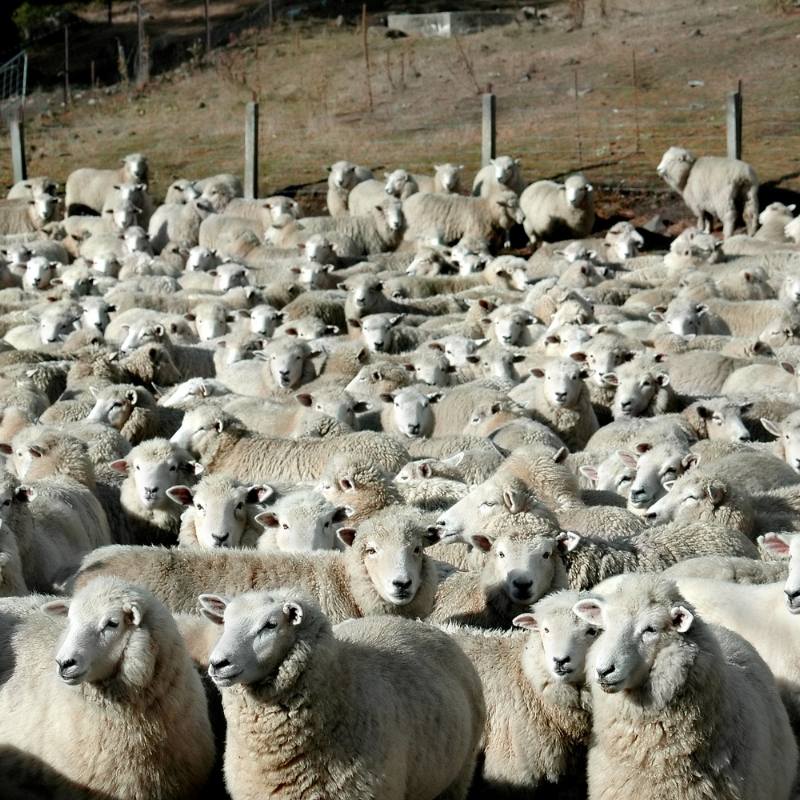
Vasectomised rams and Teaser wethers
Did you know ewes are “seasonally polyoestrous” cyclers? This means that the day length and season affects when and how reliably they have oestrous cycles- rather than reliably having them at a set time interval. Many ewes being joined prior to Valentine’s Day (Feb 14th) are considered to be joined “out of season”. As a result, they rely on the presence of a ram to make them start cycling before they can start conceiving.
Using teaser wethers or vasectomised rams can do the hard work for your rams and have the ewes all ready to go to conceive when the rams arrive. This means that you get the most conception happening in the first 2-3 weeks of joining, and more lambs born in the first 2-3 weeks of lambing.
What can this mean for you?
- Shorter joining periods to get higher lamb percentages- no need to be joining for 8, 10, 12 or 14 weeks to ensure ewes are cycling, shorter joining will give them ample opportunity
- A more even line of lambs- for sale or for replacement
- More older lambs at sale date meaning greater maturity and greater growth potential
- Ewe lambs used as replacements will be more mature and have greater potential to reach growth targets by joining
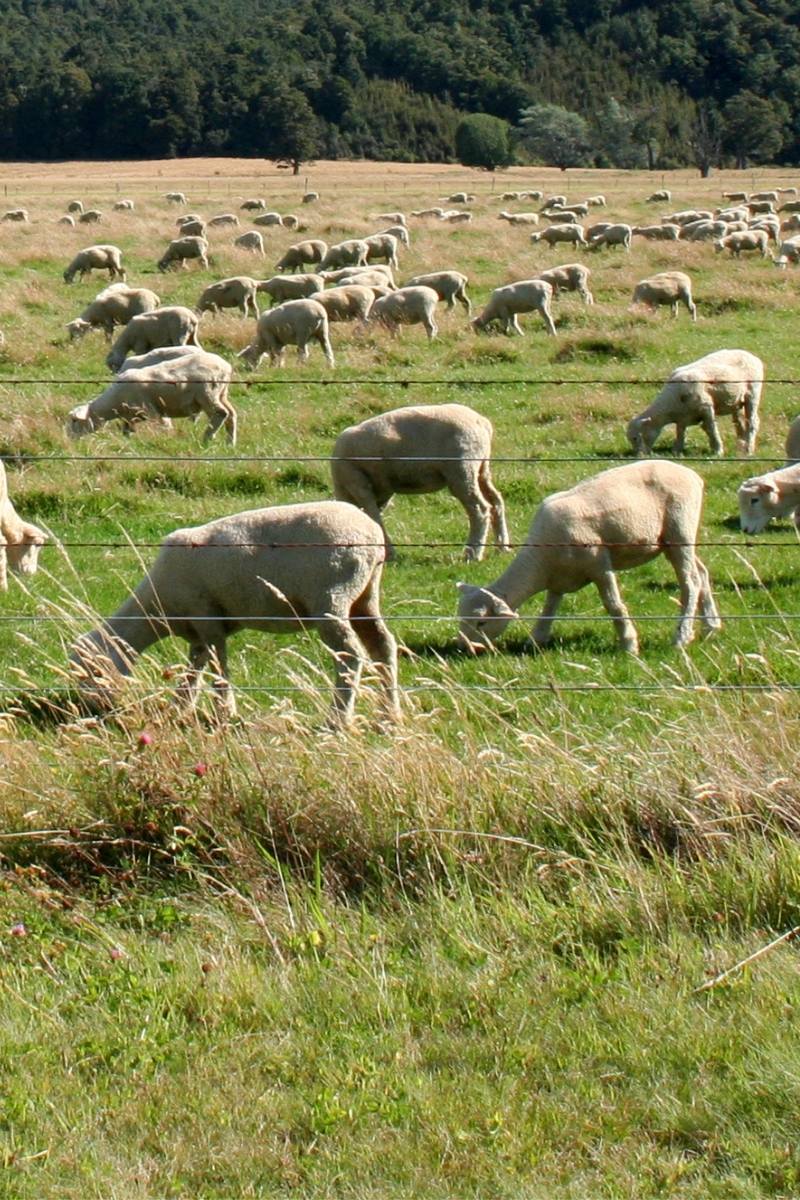

What are the differences between teaser wethers and vasectomised rams?
Teasers are wethers injected with testosterone prior to going out with ewes, which need to be injected every year. They also can never enter the food chain so must not be sold once treated.
Vasectomised Rams have undergone a procedure called a vasectomy, which means they have the presence/ look and have the testicles of a ram, however after their surgery they cannot pass on sperm. Once the procedure is done they can be used for life, and are the “superior” choice between the two because they have better “presence, behaviour and smell” of a ram.
If you’re interested in knowing more about what it involves using teasers, vasectomised rams and the procedures involved/ associated costs and benefits, please feel free to give us a call.
NPVC Equine Artificial Insemination Program
Spring time is breeding time. We offer an artificial insemination program for horses from our Naracoorte Clinic and can facilitate chilled or frozen semen from the stallion of your choice, which can be stored at the clinic.
AI is a very time sensitive procedure that requires the mare to be in estrus and ready to ovulate, this can be checked via an ultrasound which needs to be performed regularly to monitor when the ovarian follicles reach the correct size and the mare begins to show signs of a heat cycle.
To ensure we perform the AI at the correct time, we offer agistment at the clinic to allow the mare to be regularly scanned throughout the day/week so as the perfect time to inseminate is not missed.
For more information or to make a plan for your horse, please call the clinic.
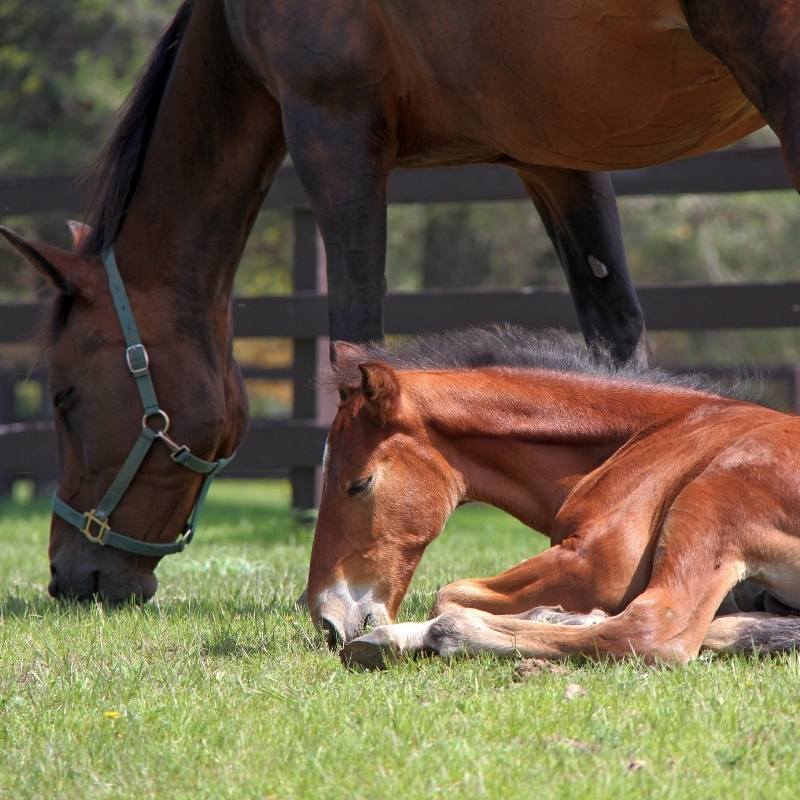
Analysing your Lambing
Do you collect any data while you’re lambing? We have included in this month’s newsletter a data collection sheet that when used can help give great insight into how your lambing is going and where you may be experiencing losses. Use this, or adjust it to better suit your enterprise, and be sure to keep it in the ute with a pen handy when checking lambing paddocks this season.
Noticed any of the following changes with your lambing this year?
- Majority of your ewes not lambing in the first 18 days (i.e. their first cycle) of “lambing”?
- Losses of over 10% from scanning to marking?
- Ewe losses during lambing?
- Suspicious of an abortion storm?
- Joint illness in lambs?
Please don’t hesitate to give us a call, there are many ways we can help you get to the bottom of it, and strive to improve upon it in future.

